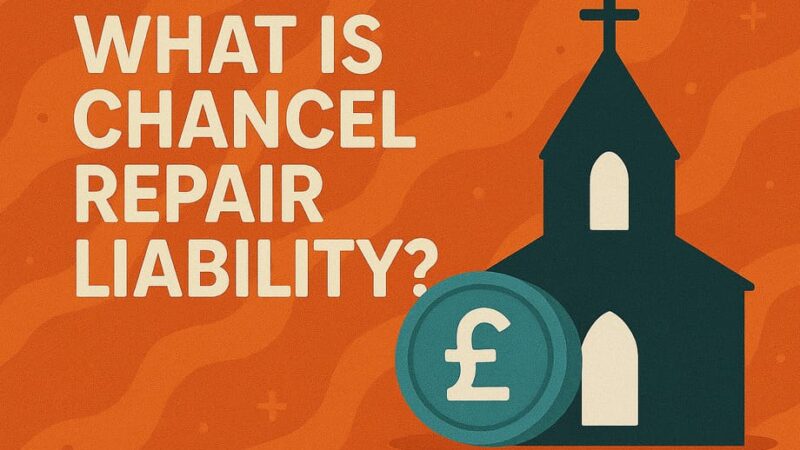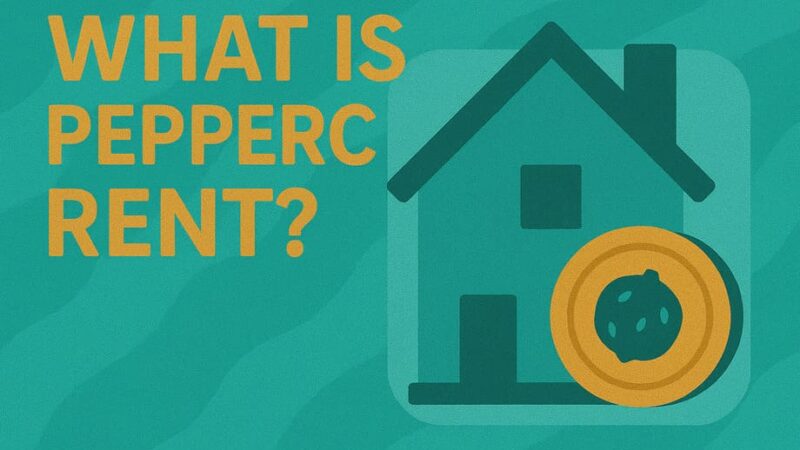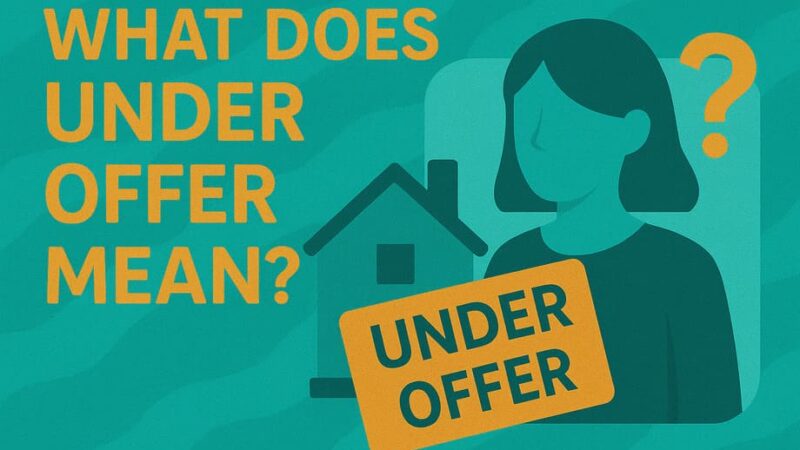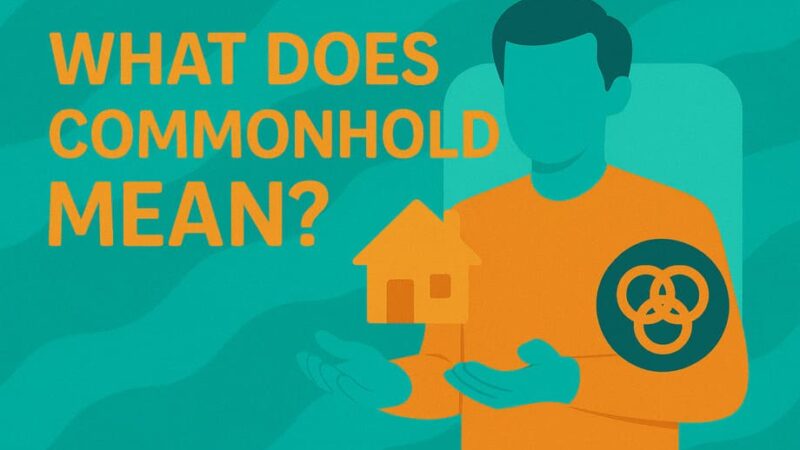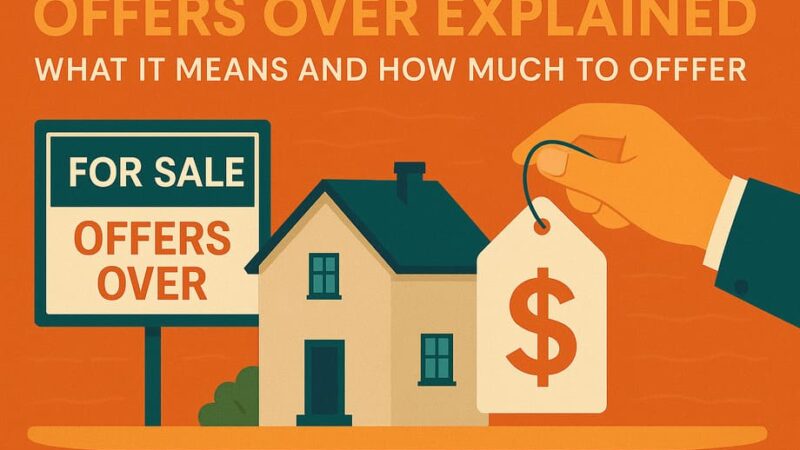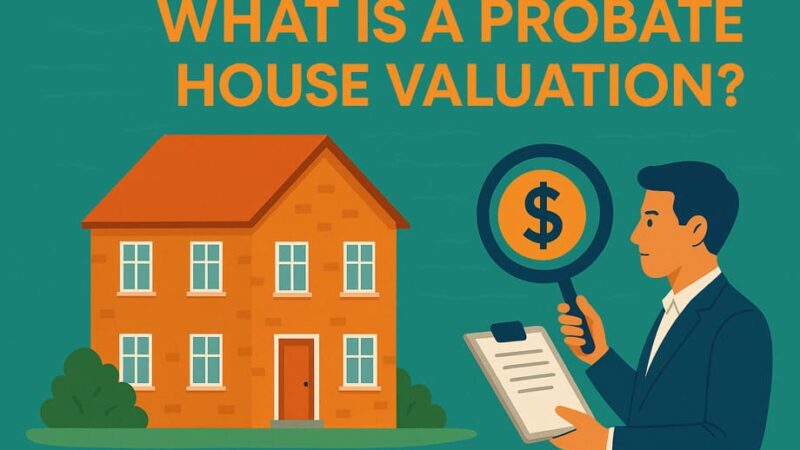Council Tax Bands Explained (UK) – A Complete Guide
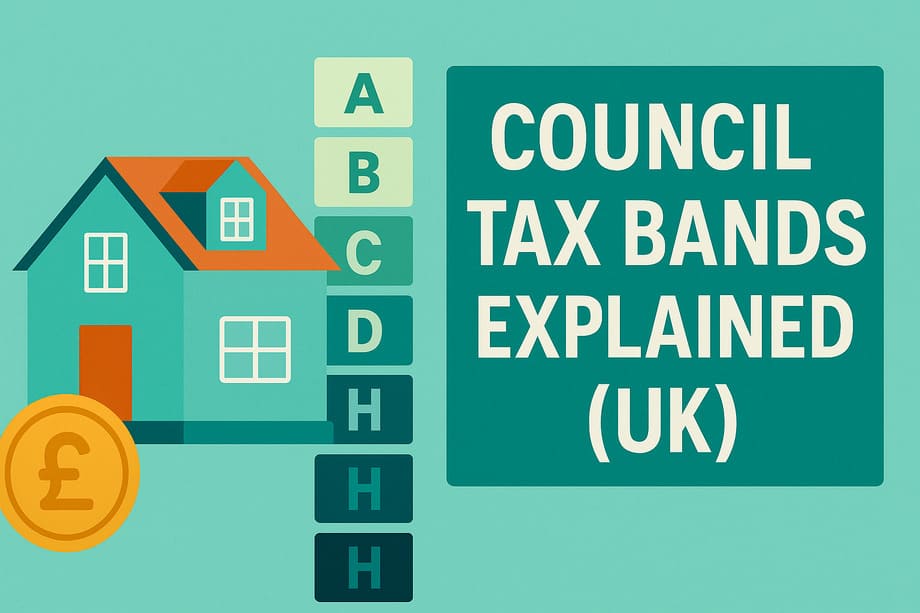
What Does Council Tax Band Mean?
Your council tax band determines how much council tax you pay each year. Every property in the UK is assigned to one of several bands based on its estimated value, which directly affects your annual council tax bill. Understanding your council tax band is essential for managing your household budget and ensuring you’re paying the correct amount.
How Are Council Tax Bands Worked Out?
Council tax bands are calculated based on the estimated value of your property at a specific point in time. The valuation system varies depending on where you live in the UK:
- England and Scotland: Based on property values as of 1 April 1991
- Wales: Based on property values as of 1 April 2003
- Northern Ireland: Uses a different system called domestic rates
Even if your property was built after these dates, it’s still valued based on what it would have been worth at the relevant valuation date. This means a brand new house built in 2024 would still be assessed based on its estimated 1991 value in England.
The Valuation Office Agency (VOA) handles valuations for England and Wales, while the Scottish Assessors Association (SAA) manages Scottish properties.
Council Tax Bands by Region
Council Tax Bands in England
Properties in England are placed into eight bands (A to H) based on their estimated April 1991 values:
| Band | Value Range |
|---|---|
| A | Up to £40,000 |
| B | £40,000 – £52,000 |
| C | £52,000 – £68,000 |
| D | £68,000 – £88,000 |
| E | £88,000 – £120,000 |
| F | £120,000 – £160,000 |
| G | £160,000 – £320,000 |
| H | Over £320,000 |
Council Tax Bands in Scotland
Scotland uses the same eight-band system (A to H) but with different value ranges based on April 1991 prices:
| Band | Value Range |
|---|---|
| A | Up to £27,000 |
| B | £27,000 – £35,000 |
| C | £35,000 – £45,000 |
| D | £45,000 – £58,000 |
| E | £58,000 – £80,000 |
| F | £80,000 – £106,000 |
| G | £106,000 – £212,000 |
| H | Over £212,000 |
Council Tax Bands in Wales
Wales revalued all properties in 2003, creating nine bands (A to I) based on April 2003 values:
| Band | Value Range |
|---|---|
| A | Up to £44,000 |
| B | £44,000 – £65,000 |
| C | £65,000 – £91,000 |
| D | £91,000 – £123,000 |
| E | £123,000 – £162,000 |
| F | £162,000 – £223,000 |
| G | £223,000 – £324,000 |
| H | £324,000 – £424,000 |
| I | Over £424,000 |
Northern Ireland Domestic Rates
Northern Ireland operates under a different system called domestic rates, which are calculated by multiplying your property’s rateable capital value by the domestic rate poundage for your council area. This system was reformed in 2007 and is based on property capital values rather than council tax bands.
Council Tax Band Checker: How to Find Your Band
There are several ways to check your council tax band:
- Check your council tax bill – Your band is clearly stated on your annual council tax statement
- Visit the VOA website – Use their online search tool to find your property’s band
- Contact your local council – They can provide band information over the phone
- Check your property documents – The band may be mentioned in rental agreements or property purchase documents
You can also compare your band with similar properties in your area to ensure it’s correct.
Difference Between Council Tax Bands
The key differences between council tax bands relate to:
Property Values
Each band represents a different range of property values from the relevant valuation date. Higher value properties are placed in higher bands.
Annual Charges
Council tax amounts increase significantly between bands. For example, Band H properties typically pay around three times more than Band A properties in the same area.
Relative Proportions
The bands follow a set ratio system:
- Band A: Baseline amount
- Band B: 7/9 times Band D
- Band C: 8/9 times Band D
- Band D: Reference band (100%)
- Band E: 11/9 times Band D
- Band F: 13/9 times Band D
- Band G: 15/9 times Band D
- Band H: 18/9 times Band D (twice Band D)
How New Properties Get Council Tax Bands
When a new property is built, the VOA (or SAA in Scotland) automatically assesses it for council tax banding. The assessment considers:
- Size and layout of the property
- Character and style of the building
- Location and local area
- Comparable properties from the valuation date
- Any change in use from previous property on the site
The property is then assigned to the appropriate band based on what it would have been worth at the relevant valuation date.
Challenging Your Council Tax Band
You can challenge your council tax band in certain circumstances:
Valid Reasons for Challenge
- Property changes – Demolition, conversion, or significant alterations
- Incorrect valuation – Errors in the original assessment
- Area changes – Major developments affecting property values
- Wrong property details – Incorrect information about size, type, or location
- Legal precedent – Court decisions affecting similar properties
How to Challenge Your Band
Step 1: Compare with neighbours Check if similar properties in your area are in the same band. Properties of similar age, size, and style should generally be in the same band.
Step 2: Research property values Use house price websites to estimate what your property would have been worth at the valuation date. Consider using tools like the Nationwide House Price Calculator to work backwards from current values.
Step 3: Submit your challenge Contact the VOA directly to request a band review. Provide clear evidence supporting why you believe your property is in the wrong band.
What Happens After a Successful Challenge
If your challenge is successful and your property is moved to a lower band:
- Your future council tax bills will be reduced
- You’ll receive a refund for overpaid council tax
- Refunds are typically backdated to when you started paying the incorrect amount
- Maximum backdating is usually to 1993 when council tax was introduced
Council Tax Discounts and Exemptions
If you can’t change your council tax band, you may be eligible for discounts:
- Single person discount: 25% reduction for sole occupiers
- Student exemption: Full-time students typically pay no council tax
- Disability reduction: Reductions for adapted properties
- Council tax support: Means-tested reductions for low-income households
- Empty property discounts: Temporary reductions for vacant properties
Important Warnings
Beware of Scams
Be cautious of companies charging upfront fees to challenge your council tax band. The VOA provides this service free of charge. Never give bank details to unsolicited callers offering council tax rebates.
Potential Risks
Remember that challenging your council tax band could result in a higher band if the VOA determines your property was undervalued. Consider this carefully before proceeding with a challenge.
Conclusion
Understanding council tax bands is crucial for managing your household finances. Your band directly determines how much council tax you pay, making it important to ensure you’re in the correct band. While the system can seem complex with different rules across the UK, the basic principle remains the same: properties are banded according to their estimated value at specific historical dates.
If you believe your property is incorrectly banded, you have the right to challenge this through the appropriate authorities. However, always research thoroughly and consider seeking professional advice before making a challenge, as it could potentially increase your council tax bill if your property is deemed to be undervalued.
For the most up-to-date information about council tax bands and charges in your area, contact your local council or visit the VOA website directly.
Last Updated on August 25, 2025 by James Cartwright


